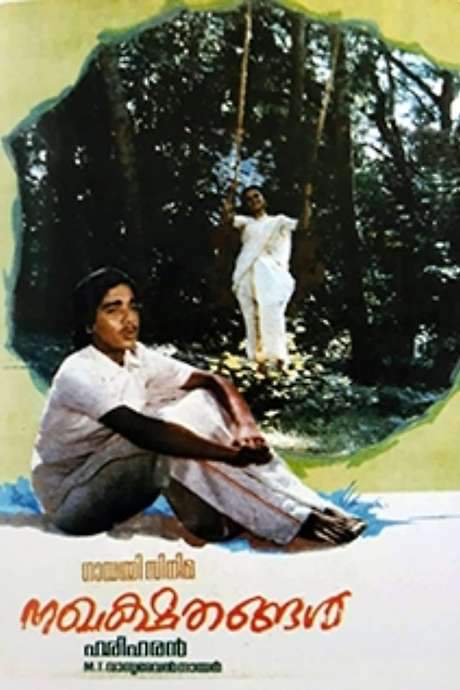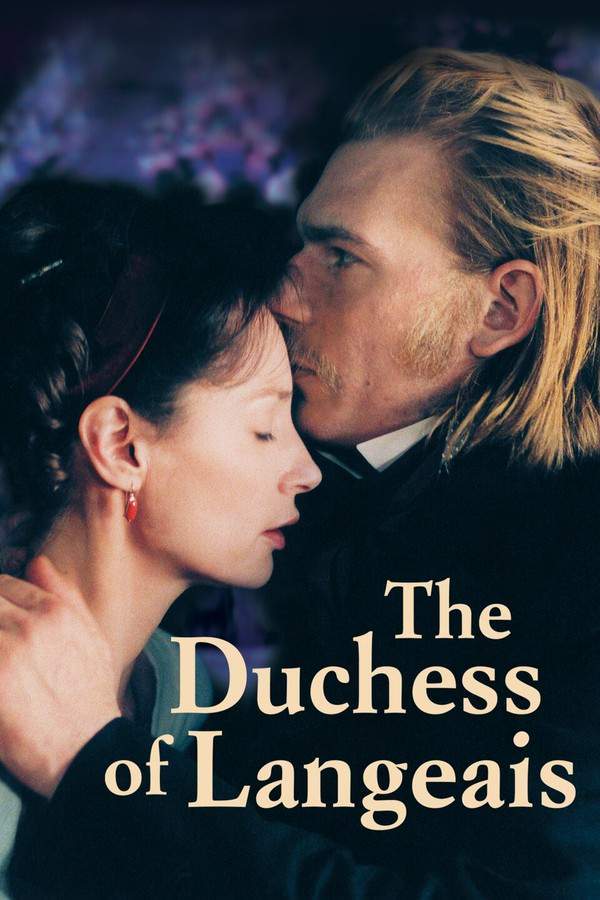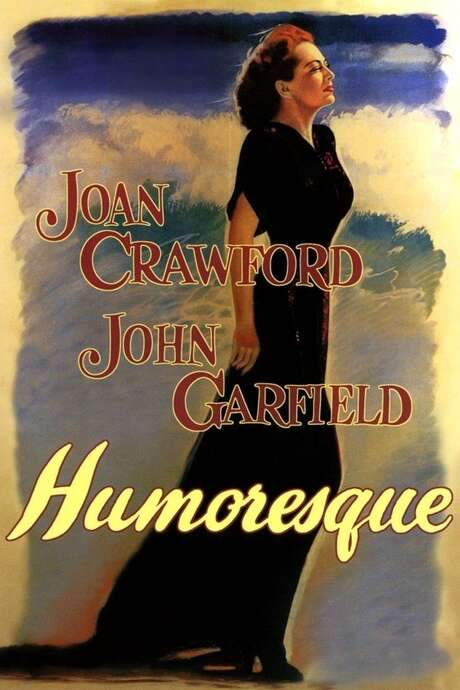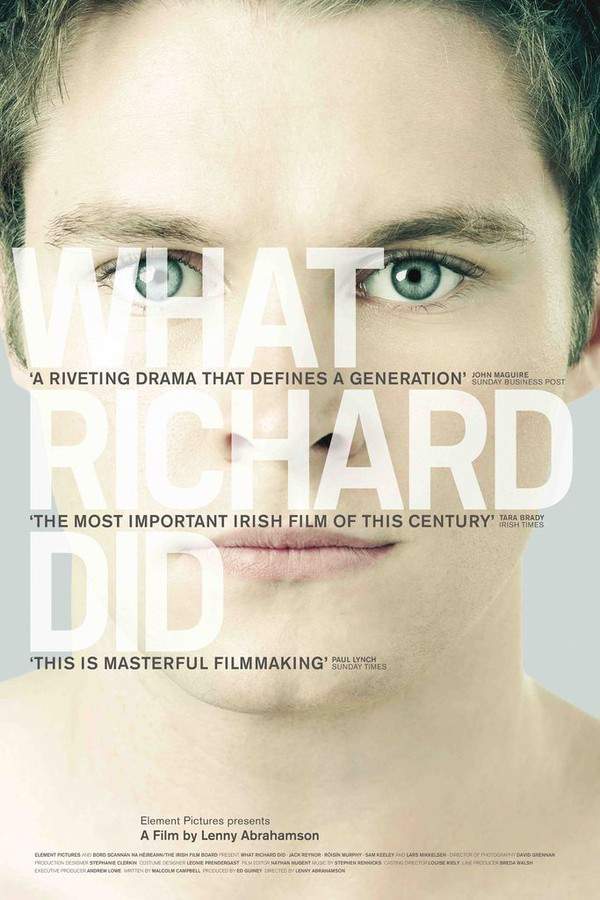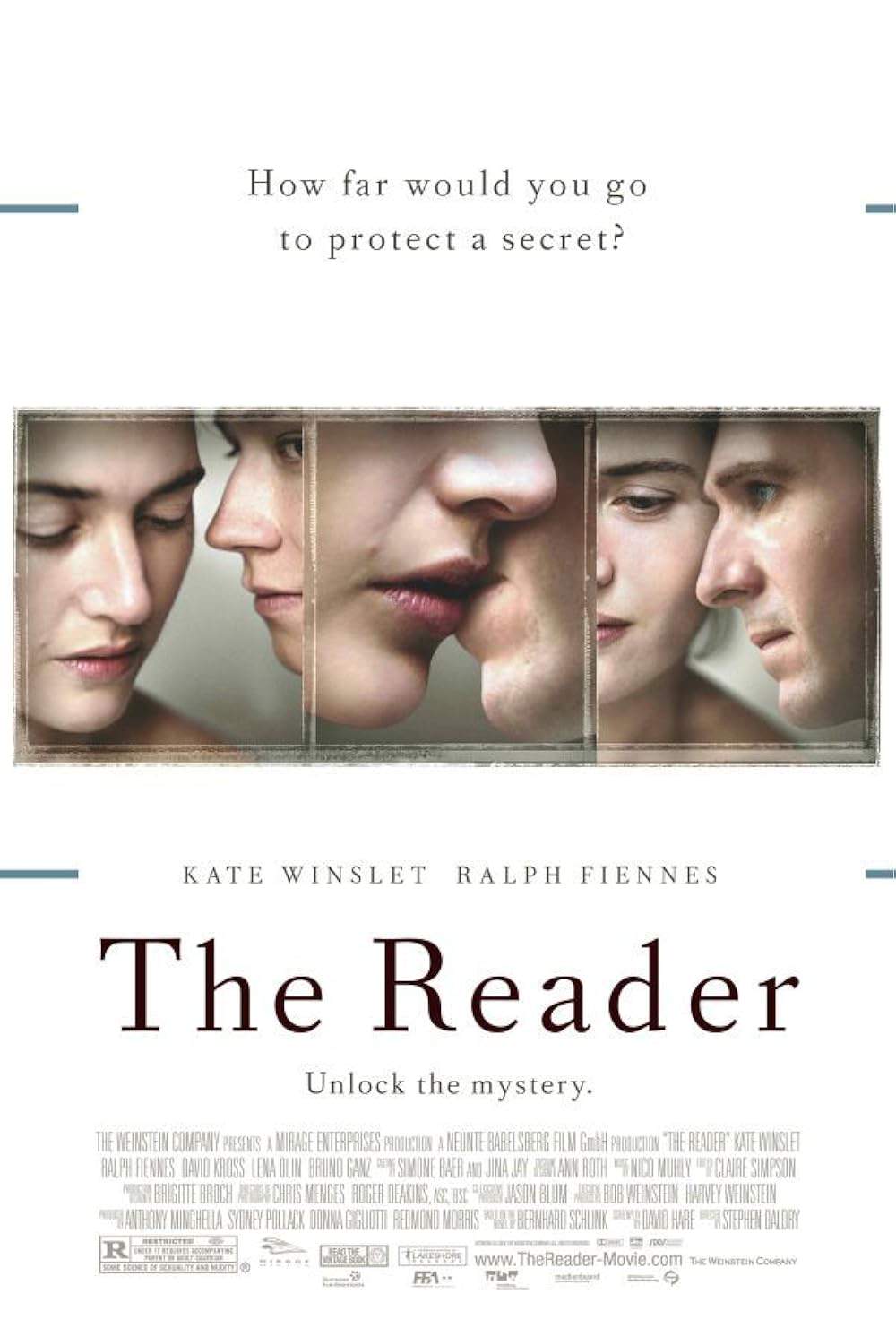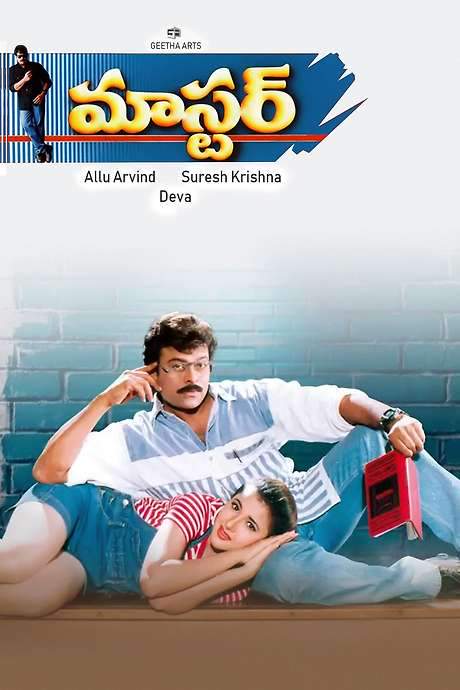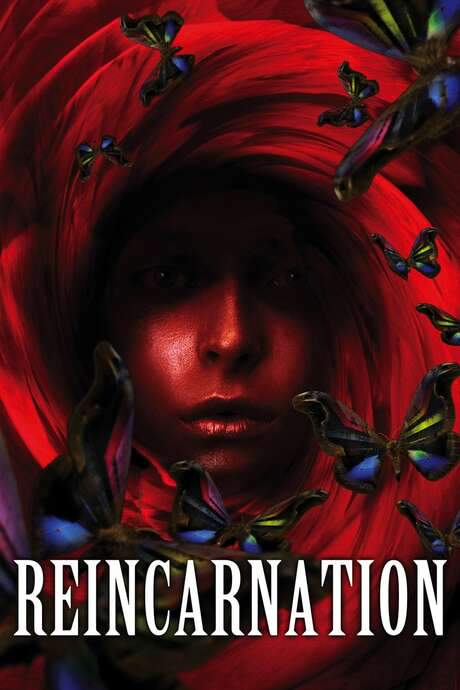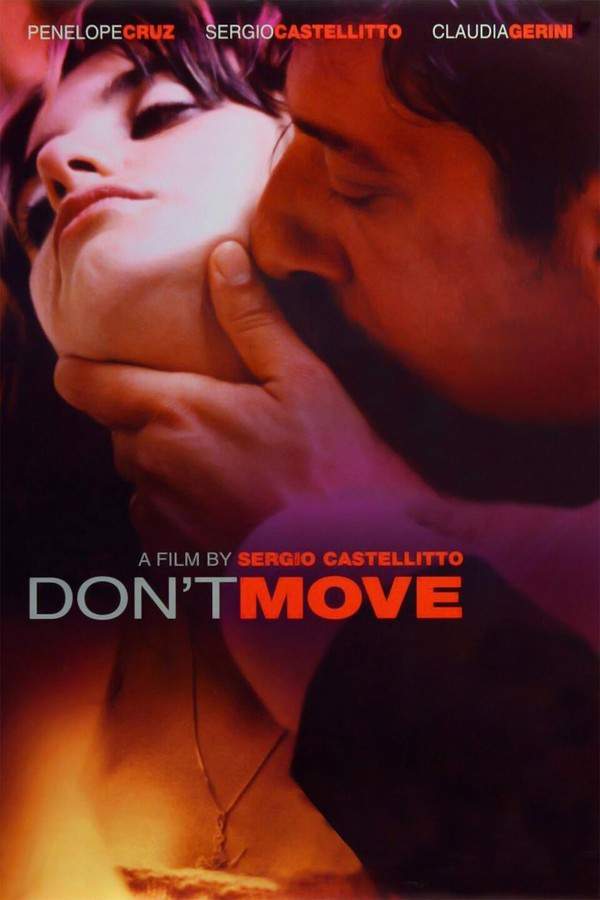
Don't Move
Year: 2005
Runtime: 125 min
Language: Italian
During a complex surgery, a surgeon is confronted by vivid memories of a passionate and intense love affair with a mysterious woman, Penélope Cruz. These recollections threaten to distract him and undermine his ability to focus on the patient, forcing him to question his perception of reality and the events that led him to where he is.
Warning: spoilers below!
Haven’t seen Don't Move yet? This summary contains major spoilers. Bookmark the page, watch the movie, and come back for the full breakdown. If you're ready, scroll on and relive the story!
Don't Move (2005) – Full Plot Summary & Ending Explained
Read the complete plot breakdown of Don't Move (2005), including all key story events, major twists, and the ending explained in detail. Discover what really happened—and what it all means.
Timoteo, a skilled surgeon, receives the devastating news that his fifteen-year-old daughter Angela has been badly injured in a motorcycle accident. While the medical team works, he looks out a window and imagines a woman, back turned, sitting in the rain outside. Her striking red heels stand out, and he turns away in disbelief, clearly recognizing them from a past familiarity. The scene tugs at memories of an old affair, which become the film’s emotional throughline as his recollections unfold.
A new scene finds Timoteo in a bar on a hot day, in a place that feels unfamiliar. There, Italia, a woman of Albanian origin who works behind the bar and wears red heels, offers him a chance to make an important call from her home. Drunk and disoriented, he follows her to her flat, where he commits a rape. Afterward, he pretends to harvest genuine feelings for her, while learning from her that she was sexually abused in childhood by a dress salesman—subsequently revealed to be her father. This revelation deepens the complexity of power and guilt that shadows his actions. He decides to leave his wife Elsa and tells Italia about it, but the situation grows more tangled when he discovers that Elsa is pregnant. Italia becomes pregnant as well, further complicating Timoteo’s conscience. He cannot bring himself to confront Elsa about the pregnancy, and Italia, interpreting his hesitation as a lack of commitment, feels betrayed. A later scene shows Italia dancing outside her house in a frenzied state; when Timoteo scolds her, she reveals that she had their child aborted at a nearby gypsy’s—claiming it was for the best because she would not have made a good mother anyway. This revelation leaves Timoteo shaken and he returns home to his wife, now facing her own pregnancy.
Months pass, and Timoteo, shopping with Elsa who is about to deliver, spots Italia in a crowd and pursues her through the rain. He apologizes profusely, seeking forgiveness for the pain he caused. At first, Italia reacts with anger, but she eventually tells him that she understands why he couldn’t leave his wife, and hints that she, too, will move away soon. The next morning, Timoteo offers to drive Italia to her new town. Along the journey, his feelings deepen, and he confesses a longing to marry and settle down with her in the new place. During a meal, Timoteo unexpectedly marries Italia, addressing her as “my wife” in front of a waitress.
That night, a scream shatters the moment of quiet as Italia experiences excruciating abdominal pain. She is rushed to a local hospital where an ultrasound reveals that her abdomen is filled with blood, indicating a botched abortion. In a desperate move, Timoteo operates on Italia himself, but she dies shortly after, just as she regains a brief moment of consciousness.
Back in the hospital, a nurse informs Timoteo that Angela’s condition has stabilized, and he visits her with Elsa by his side. The moment is intercut with a reflection on the first figure seen at the film’s start: a woman seated with her back to him, who bears a resemblance to Italia when viewed in a hand mirror.
In the final act, a quiet ritual unfolds. Timoteo retrieves Italia’s red shoe—she had lost it on the way to the hospital the day she died, and the funeral director had refused to place it in her closed coffin. He carefully preserves the shoe and, in a poignant gesture, places it on the exact spot where he once imagined the woman resembling Italia sat. He kisses the shoe as a gesture of gratitude and returns it to its rightful place, attempting to lay some fragile peace over the tangled web of love, guilt, and memory that defined his life.
Last Updated: October 09, 2025 at 15:41
Explore Movie Threads
Discover curated groups of movies connected by mood, themes, and story style. Browse collections built around emotion, atmosphere, and narrative focus to easily find films that match what you feel like watching right now.
Tormented Love Stories like in Don't Move
Passionate affairs intertwined with profound guilt, trauma, and devastating consequences.If you were captivated by the tragic passion in Don't Move, discover more movies about ill-fated love affairs steeped in guilt and trauma. These films explore how desire and destruction are intertwined, offering similarly heavy emotional journeys and melancholic reflections on love's darker side.
Narrative Summary
Stories in this thread often follow a character reflecting on a past, all-consuming love affair that was marked by transgression or trauma. The romance itself is a source of both ecstasy and agony, leading to catastrophic outcomes that force the protagonist to confront their own guilt and the irreversible price of their passion.
Why These Movies?
Movies are grouped here because they share a core focus on a romantic relationship that is fundamentally destructive and linked to themes of guilt and atonement. They deliver a specific, heavy emotional mix of high passion and deep sadness, creating a uniquely melancholic and reflective vibe.
Movies about Memory and Guilt like Don't Move
Characters are forced to revisit painful pasts, uncovering truths that challenge their present self.For viewers who appreciated how Don't Move uses memory to explore guilt, this section features similar films where a character's recollections force a moral crisis. Discover dramas and thrillers where the past intrudes on the present, leading to profound self-examination and emotional upheaval.
Narrative Summary
The narrative pattern involves a character in a precarious present situation—often a life-or-death scenario—whose concentration is shattered by vivid, disruptive memories of a traumatic past event. The structure alternates between timelines, using the contrast to build tension and reveal how past actions have led to the current moment of reckoning.
Why These Movies?
These films are linked by their use of a specific narrative structure (memory flashbacks during a crisis) to explore heavy themes of guilt, identity, and moral conflict. They share a somber, reflective mood and a variable pace that builds psychological depth and emotional weight.
Unlock the Full Story of Don't Move
Don't stop at just watching — explore Don't Move in full detail. From the complete plot summary and scene-by-scene timeline to character breakdowns, thematic analysis, and a deep dive into the ending — every page helps you truly understand what Don't Move is all about. Plus, discover what's next after the movie.
Don't Move Timeline
Track the full timeline of Don't Move with every major event arranged chronologically. Perfect for decoding non-linear storytelling, flashbacks, or parallel narratives with a clear scene-by-scene breakdown.

Characters, Settings & Themes in Don't Move
Discover the characters, locations, and core themes that shape Don't Move. Get insights into symbolic elements, setting significance, and deeper narrative meaning — ideal for thematic analysis and movie breakdowns.

Don't Move Spoiler-Free Summary
Get a quick, spoiler-free overview of Don't Move that covers the main plot points and key details without revealing any major twists or spoilers. Perfect for those who want to know what to expect before diving in.

More About Don't Move
Visit What's After the Movie to explore more about Don't Move: box office results, cast and crew info, production details, post-credit scenes, and external links — all in one place for movie fans and researchers.








